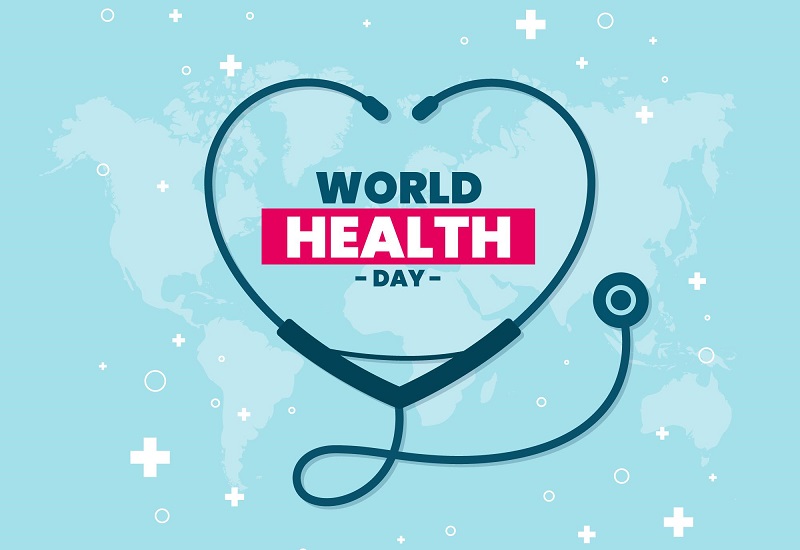Gestational diabetes (GDM) is a concern for many expecting mothers and their caregivers. Although temporary, it can have many implications for both the mother and the unborn child. Here’s a summary of two recent scientific articles on the matter to help you better understand this condition.
1. What is gestational diabetes?
Gestational diabetes is a condition in which a pregnant woman develops glucose intolerance, resulting in higher-than-normal blood glucose levels. This condition generally manifests itself during the second stage of pregnancy.
2. Diagnosis of gestational diabetes
Diagnosis is made on the basis of a series of glucose tests. If blood glucose levels are above a certain threshold at two different times during a glucose tolerance test, a diagnosis of GDM is confirmed.
3. Implications for both mother and baby
Without proper treatment, GDM can lead to a variety of complications. For the mother, this may include hypertension during pregnancy. For the baby, it may mean a significantly greater size than usual upon birth, increasing the risk of caesarean delivery.
4. Treatment of gestational diabetes
The first step in treatment is usually to modify the diet to control blood glucose levels. If this is not enough, medication or insulin may be required. Regular monitoring of glucose levels is also recommended.
5. Future prospects and new insights
Researchers are gradually acquiring more and more knowledge about gestational diabetes. New studies suggest more individualized treatment strategies based on each woman’s individual needs. In the future, we may also discover new screening methods and more effective prevention strategies.
6. Conclusion
Gestational diabetes is a serious condition, but with proper screening, diagnosis and treatment, the risks to mother and child can be minimized.
The medical team monitoring your pregnancy will be with you every step of the way. Don’t hesitate to express any concerns you may have. While a nutrition app can be very useful in assisting you post-partum, it is not designed to meet the unique challenges of gestational diabetes, which must be addressed by the medical team.
References :




